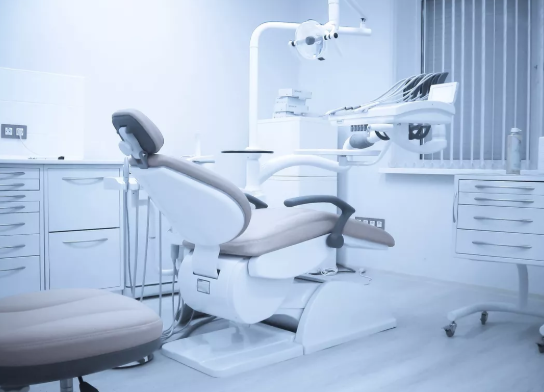Skip to content
Defeat Dental Fears
Defeating Dental Fears, Staying Calm at the Dentist
Dr. Miriam Franco, Psy.D.

Anxiety or the experience of fear going to the dentist and receiving dental treatment are leading factors for why people avoid dental care. It is reported to be the fifth most common cause of anxiety (Agras et al, 1969) and is estimated to affect 9 to 15% of Americans. Dentists report that it is a common problem and many practices have adopted either pharmacological interventions to ease anxiety or behavior modification techniques such as mindfulness approaches that incorporate deep body relaxation or a combination of both.
People with dental fear dread upcoming appointments or avoid them all together. With dental phobia, even if they know the fear is irrational, they still experience panic. Typically, they only go to the dentist when their oral health has declined leading to complicated and traumatic treatment processes that further exacerbates and reconfirms their fears. Thus, a vicious cycle is re-enforced if these patients are not managed therapeutically.
Some of the more common causes of dental fear and anxiety is fear of pain that may originate from an earlier dental experience, fear of injection, feelings of helplessness and loss of control, fear of gaging, and discomfort associated with loss of personal space associated with either lying back in the dental chair or sitting in the dental chair and having the dentist or hygienist working in such close proximity to their face.
Dental anxiety is often stimulated by sensory triggers and sensations in the mouth such as the smells of the dentist’s office, the sounds of the drill, the sights of needles, or sudden shifts in pressure or vibrations in the mouth as a result of dental work. If the anxiety is untreated and not discussed adequately by the dentist or hygienist, feelings of betrayal and distrust can increase.
As a Guided Imagery specialist and psychotherapist, I have frequently worked with patients presenting with dental fear and anxiety. I am impressed with the profound, positive effects Guided imagery offers these patients. As a result of combining deep autogenic relaxation, distraction techniques that foster de-sensitization to phobic and sensory reactions and sensory-laden guided imagery exercises that allow people to imagine a safe place and images of people easy to love dental anxiety can be significantly reduced.
I have designed a Defeat Dental Fears, Staying Calm at the Dentist Guided Imagery intervention on my new app, ImageryWork that enables folks suffering from dental anxiety to practice deep relaxation, desensitization and sensory imagery to remain calm throughout the entire dental procedure. Guided imagery is an extremely, effective, non-painful, inexpensive and easy mind-body technique people can practice in advance of dental appointments for best results and can also listen to in the waiting room and during dental procedures.
In my Defeat Dental Fear Guided Imagery track, major strategies recommended as best practices for dental anxiety by the American Dental Association, deep relaxation, diaphragmatic breathing, distraction, letting go of tension stored in the body (body scan) and imagining yourself in a safe relaxing place are all incorporated in this Guided Imagery intervention.
If you or a loved one suffer from dental anxiety, fears or phobia, or you’re a dentist or dental hygienist, check out my new Defeat Dental Fear Guided Imagery at ImageryWork and start smiling knowing you can now learn how to protect your teeth and your oral health.
Download the
to get a free download of De-Stress 101 and access Defeating Dental Fear tracks!



Share This Story, Choose Your Platform!
Page load link

